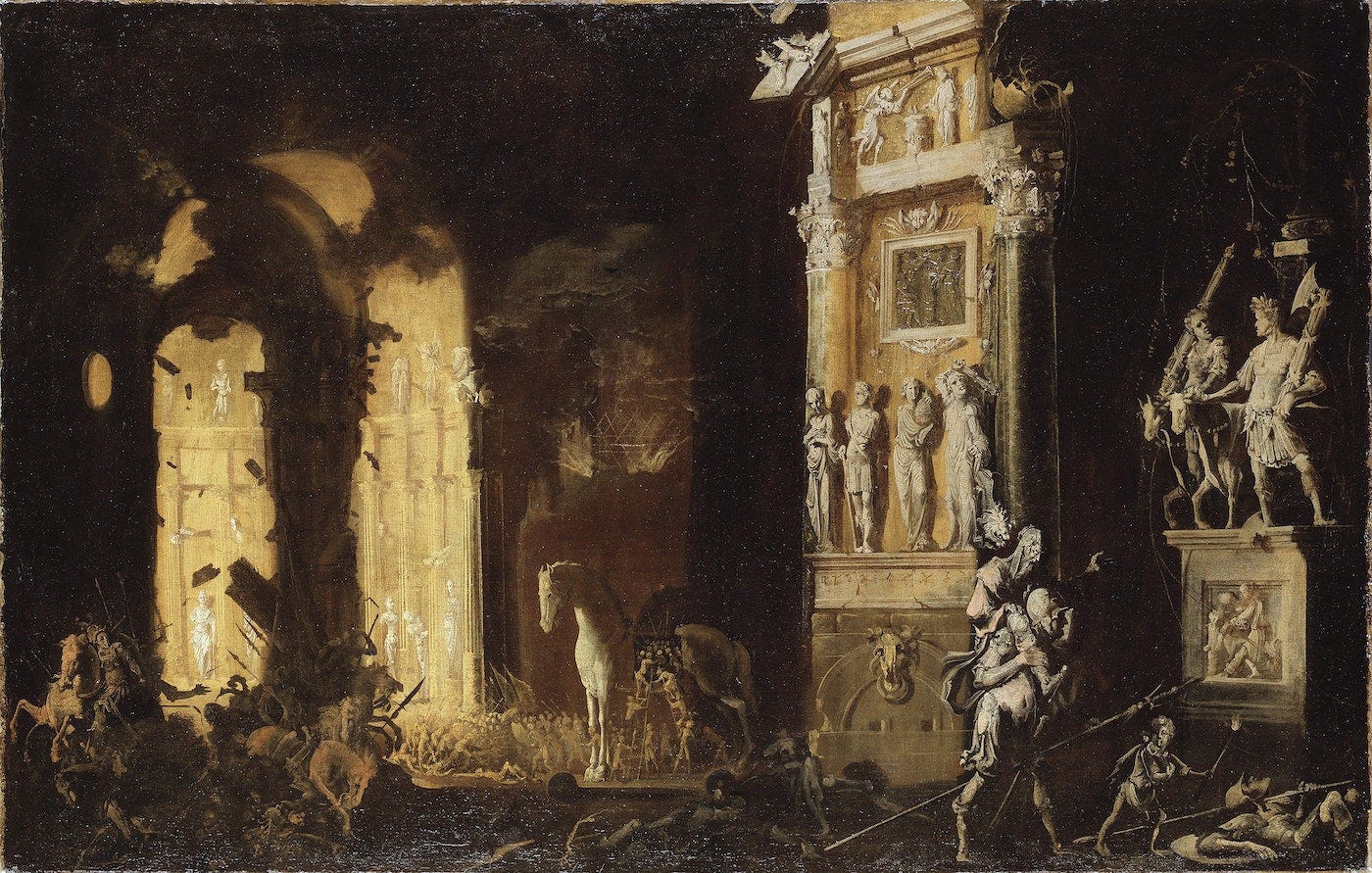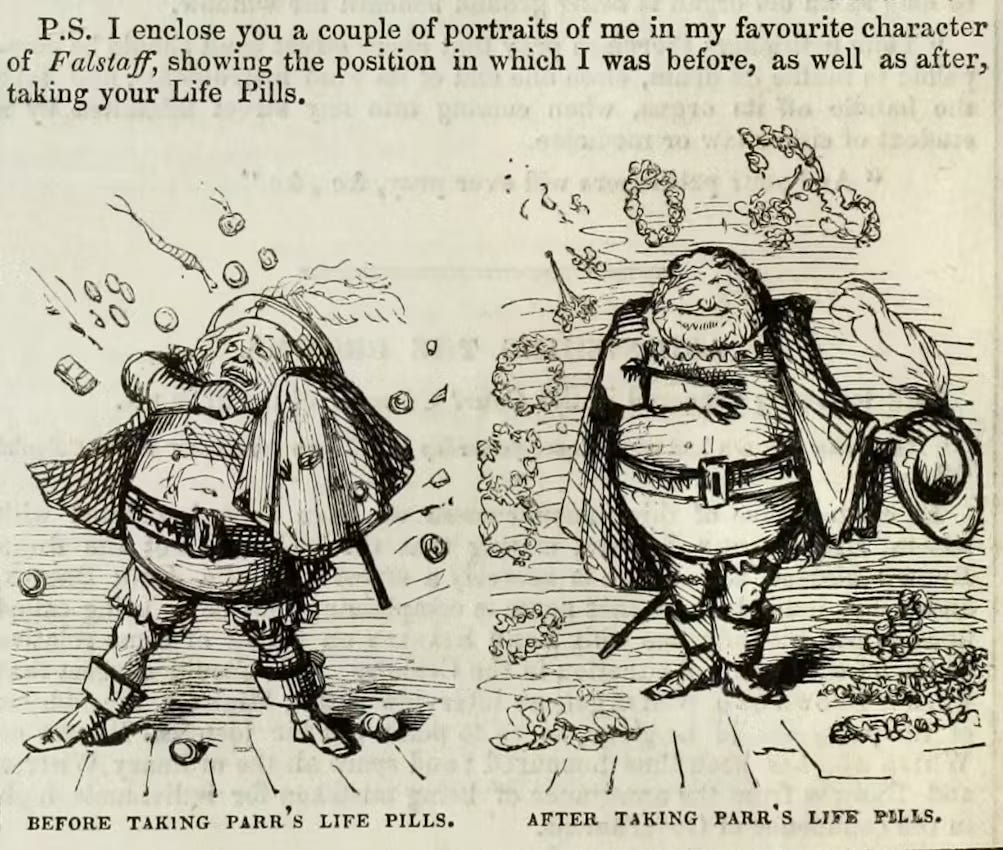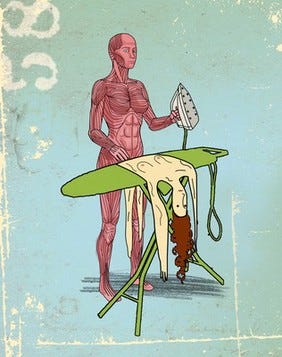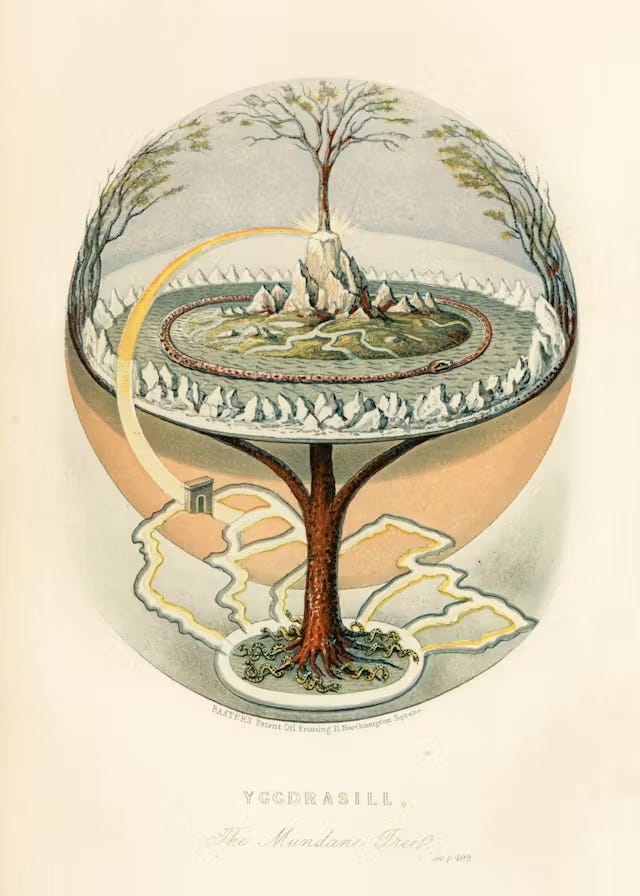A Sequel to the Creative Commons and Public Domain Art Websites.
An expansion pack for your non AI art resource library.
Thanks to everyone who has recently subscribed to The Ink-Stained Desk. If you enjoy this free publication, consider supporting my work through the ‘Buy Me A Coffee’ button. A small amount goes a long way in supporting my writing.
I also publish SubStack’s The Link Drop, where each Sunday I curate 5-10 links to thought-provoking articles, spanning diverse topics and including a weekly gem from JSTOR. Never politics or celebrity culture, consider it your antidote to the endless social media scroll, offering substance and sparking curiosity. If this sounds like it might add value to your week, head over and take a look around.
Hello from a very rainy Sydney,
I hope you’ve had a good week.
As promised, this week I’m offering a follow-up to one of my more popular articles, ‘A Comprehensive List of Creative Commons and Public Domain Art Websites’. If you haven’t had the chance to peruse the original, follow the link below.
So the basis of this follow-up is that I lied, right there in my original title. I said it was a comprehensive list, but it was far from it. Since posting that article, I have been directed to and stumbled over many more sites that offer free non-AI-generated art within the Public Domain and Creative Commons.
AI-generated art is a contentious issue at the moment. There are many reasons why this is. I am not an expert on the pros and cons of this discussion, I highlighted a few articles in my previous post that go into detail about the ethical, moral and environmental concerns.
Personally, it’s about the aesthetic. AI art is generally not what I want to look at; I don’t find it pleasing to the eye and would much prefer to look at a piece of classic art that a human has invested heart and soul in. I love finding undiscovered (to me) paintings on other Substacks and tracing the history of the work and the artist. It makes me think and research; it is engaging. AI-generated artwork lacks that kind of charm.
Okay, so let’s continue our discussion of the public domain, Creative Commons and explore even more websites that offer free, non-AI-generated art that is free to use.
What we can and can’t do with public domain images.
Public Domain images are the property of the public. (— This seems like a silly thing to say, because duh, it’s in the name, but looking at it from this perspective helps the explanation.) These images (can also include but are not limited to books, music and films) have no exclusive intellectual property rights (ie copyright, trademark, or patent laws). As such, anyone can use them.
NOTE: This does not mean that anyone in the public can go ahead and reprint the works of Shakespeare in their entirety. There is a protective copyright called ‘collective works’ copyright, which prevents the use of complete collections.
If this is a topic that interests you, please have a look at this article that explains the importance of Public Domain art. It’s time to protect the public domain!
So, how can we use these images? This is the beauty of these images. If we are using images with copyright, typically we need to use the whole image as it appears without edits, and we have no creative rights over it. With images in the public domain, however, we can inject our own creativity. We can slice them up, remix them, or use only a single part of these images. With the help of Photoshop (or my beloved CANVA), we can create our own (almost) original art using these works. One of my favourite things is when someone singles out a tiny corner of a medieval or baroque painting and zooms right in on it, expanding the face of an animal or a child, turning them into the main subject.
For example, here is a baroque painting by François de Nomé that exists in the public domain.

Great on its own right? Yes! But since this is in the public domain we can also cut this up, use parts of it, zoom in and focus on some really interesting elements.

— and I really want to put wings on that Trojan horse… but we don’t have time for that right now so let’s move on.
An Extra Creative Commons Mention.
I think I went over most of the Creative Commons information in the original article, but I just wanted to add that there is a certificate course (For all of us true nerdy nerds out there).
Creative Commons Certificate Coursework.
Okay, Okay, Okay. The Websites.
So here is the additional list of websites where you can score yourself free images for all your artistic needs. Many of the museums feature similar collections, I think though, that each of us prefers a particular kind of search engine (and some are definitely better than others), so I have included as many as I could find regardless of repetition.
Please remember to still credit the artist when using images, they might be free but someone put effort into making them, also note down the CC license that come under, or if they’re in the public domain jot that down instead (the public domain images don’t legally need this but it’s nice when someone does it and anyone looking at the image knows it’s free to use.) And as always, check with your own country’s copyright laws before using anything, especially if you’re unsure.
This Washington based art gallery’s website offers 60,000+ open access images on its website.
The Getty. The Getty Research Conservation Foundation Museum has an open content section of their website.
Raw Pixel. This website has a great search engine and I particularily like how they’ve curated their collections. Just ensure you are in the public domain space.
Europeana. Gathers art, books, films and music from thousands of European cultural institutions, many of which are under public domain or creative commons licensing. I got lost in the newspaper section of this website recently, some of which date back to 1618!!!

Illustration from an 1815 issue of Punch accompanying a testimonial by one Mr. Hackett, expounding the benefits of Parr’s Life Pills — Source. Public Domain. Wikimedia Commons. I don’t know how I left this one off the original list, but this is one of my go to websites for images.
Public Domain Review. Not only does this website have all the images, they also write some very interesting articles about the works, historical events, and artists. I highly recommend their newsletter.
Reusable Art. Less choice here, but good if your looking for more old style line drawings and sketches.
Artstor. (via JSTOR). Has a growing number of public collections that are freely accessible and often include public domain images.
Old Book Illustrations. Is what it says. A website dedicated to old book images. This site specifically curates and categorizes public domain images from old books.
Internet Archive. A massive digital library with billions of pages of digitized books, many containing art, engravings and illustrations that are in the public domain. You can specifically search for ‘art’ and ‘illustrations’ on the search engine.
Biodiversity Heritage Library. A goldmine for scientific illustrations, botanical art, and zoological drawings. All in the public domain. (I think I may have listed this one before, but it deserves a second mention.)
Wellcome Collection. This collection is a new discovery for me and focuses on health and medicine. It has digitized books, manuscripts and artworks. Much of this is under the public domain or CC BY licence. You do need to come here having some idea of what you are looking for as you need to search for it and cannot just scroll through the collection, but also good for random searches.

There are other websites that offer what is referred to as ‘stock images’, I tend to steer away from these, if only because the pictures remind me of sitting through an educational Power Point presentation at work. But each to their own.
There are sure to be many more, please share any and every website that I’ve missed in the comments.
I hope you have a very productive week.
See you next Friday.
C M Reid at The Ink-Stained Desk.






Thanks so much for this valuable resource. As an old school artist and illustrator, I wish people wouldn't use AI illustrations on Substack but it seems to be taking over. Writers should know better as their heads are also for the chopping blocks. Every time AI is used, AI is trained.